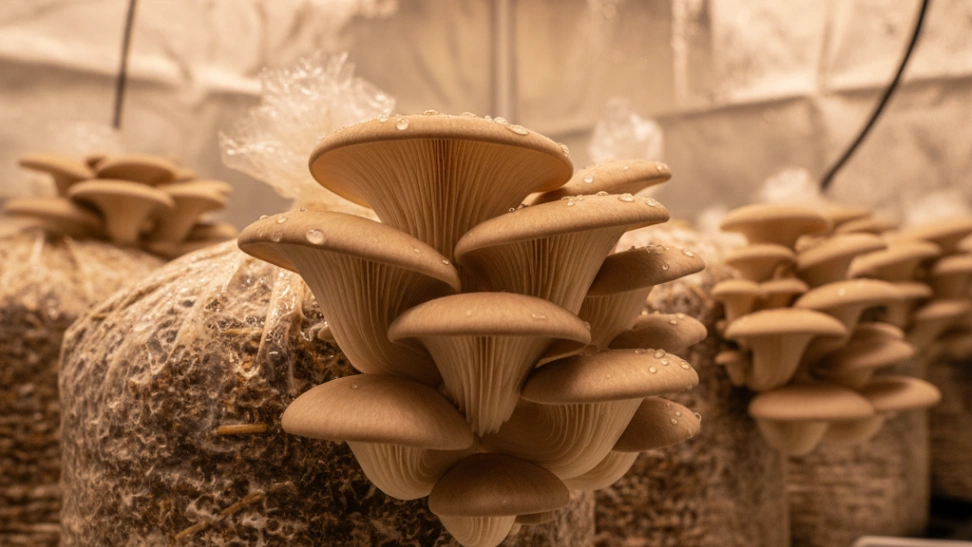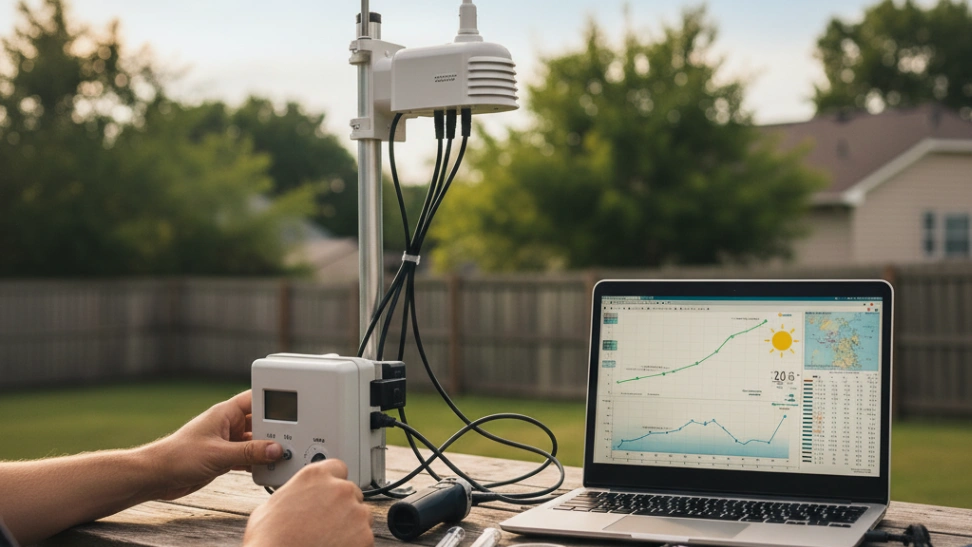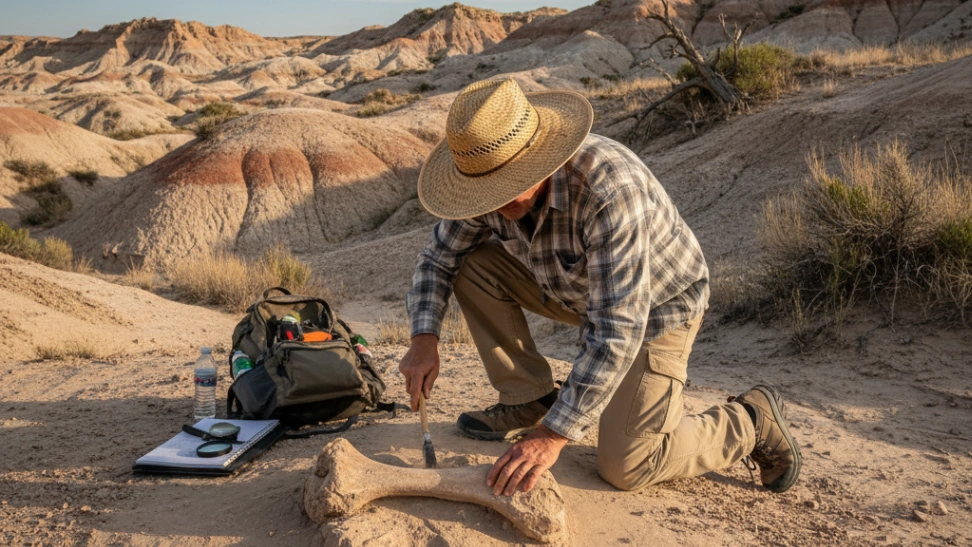Is This Hobby For You?
Ideal for those who enjoy biology, sustainable living, and the satisfaction of growing their own food or unique natural products.
Why You'll Love It
- Provides fresh, healthy, and gourmet mushrooms at home.
- Offers a fascinating blend of science, nature, and practical skill development.
- Can be a cost-effective way to source specialty culinary or medicinal fungi.
Good to Know Before You Start
- Requires meticulous hygiene and attention to detail to prevent contamination.
- Initial setup can involve a learning curve for sterile techniques.
- Harvests can be unpredictable, requiring patience and problem-solving.
Hobby Traits
How the community rates this hobby.
Getting Started: The Essentials
The basic requirements to begin your journey with Mushroom Cultivation.
Startup Cost
$50
Community-voted average
Ongoing Cost
Very Low
Monthly upkeep estimate
Essential Gear
Mushroom Growing Kit
An all-in-one solution for beginners, providing inoculated substrate ready to fruit.
Spray Bottle
Essential for maintaining the high humidity required for mushroom fruiting.
Sterile Environment (e.g., still air box)
A clean, contained space crucial for inoculation and transfers to prevent contamination.
Substrate
A growth medium like sawdust, straw, or grain, providing nutrients for the mycelium.
Learning Curve
Overall Difficulty: Easy
Associated Skills
Skills you can expect to develop while pursuing this hobby.
A Closer Look at the Traits
Relaxing
A calm, low-key pursuit that helps you unwind and de-stress.
Very Practical
Results in a tangible skill or useful item, focusing on practical outcomes.
Mostly Indoors
While you could do this outside, it's primarily an indoor activity.
Very Mental
A mentally stimulating activity that challenges your mind, strategy, and focus.
Creative/Technical Balance
Blends creative expression with technical skill in a balanced way.
Mostly Solo
Primarily a solitary activity, but with communities available to share your results.
Frequently Asked Questions
Hobby Traits
How the community rates this hobby.



